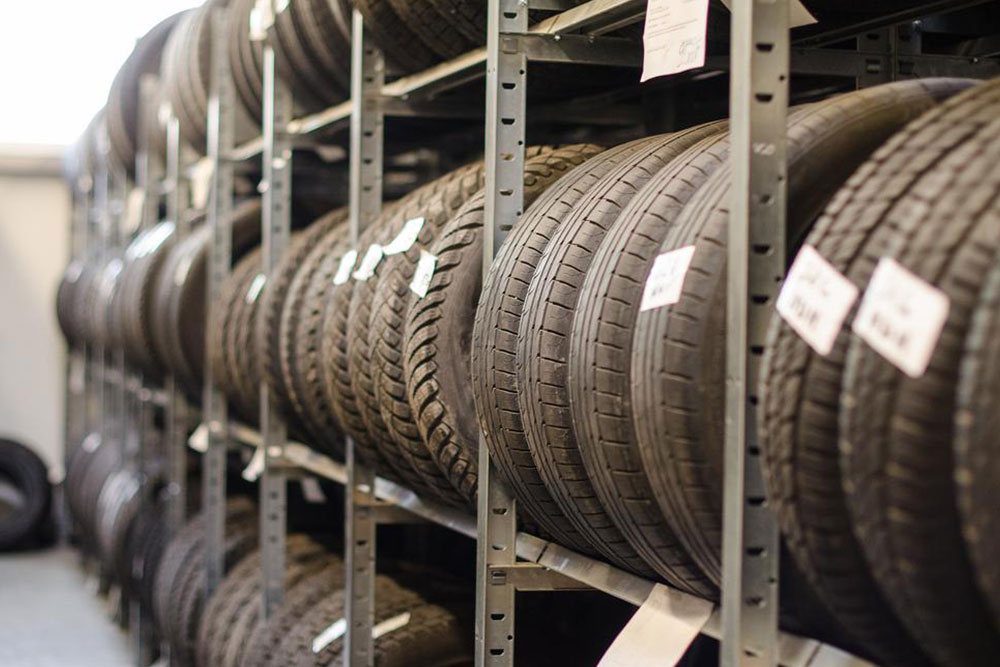Developments in the tire technology
The French Brothers Andre and Edouard Michelin pioneered the pneumatic tires for automobiles. In 1895, they took part in the ParisBordeaux car race. Though they did not win the race it kindled the interest of the public, which probably was their main interest. This helped them to become the leaders in pneumatic tire manufacturers in Europe. Legislations were brought out to prevent the use of solid tires on highways as they were hard on the roads. The basic structure of a pneumatic tire is a tube containing the pressurized air as the core and an outer casing made of fabric strengthened with rubberized fiber cords embedded in the rubber wall.

Michelin introduced the steel belted radial tires in 1948. The steel cords of the ply run at 90o to the wheel rim (against the 55o of the conventional tires) and runs around the circumference of the tire. These radial tires have the advantages of lesser rolling resistance, longer tread life and better steering characteristics and lesser air pressure against the harder drive and 45% more expense in manufacture.
Tire technology underwent another revolutionary change when in the 1970s, Pirelli ushered in the high performance, low profile radials. The latest in technology which is really revolutionary is the tubeless tire introduced in 1955 by BFGoodrich. There were a few attempts in England and South Africa fell on the wayside due to technical difficulties in manufacture. They have special continuous integral molded ribs into the bead of the tire so as to seals with the flanges of the rim when inflated. These tires are much safer and rides are smoother.

